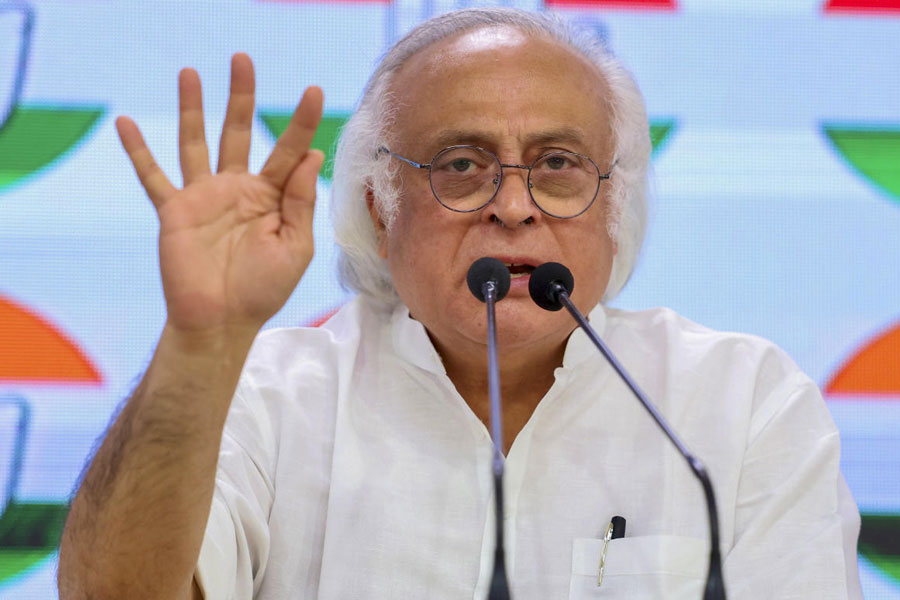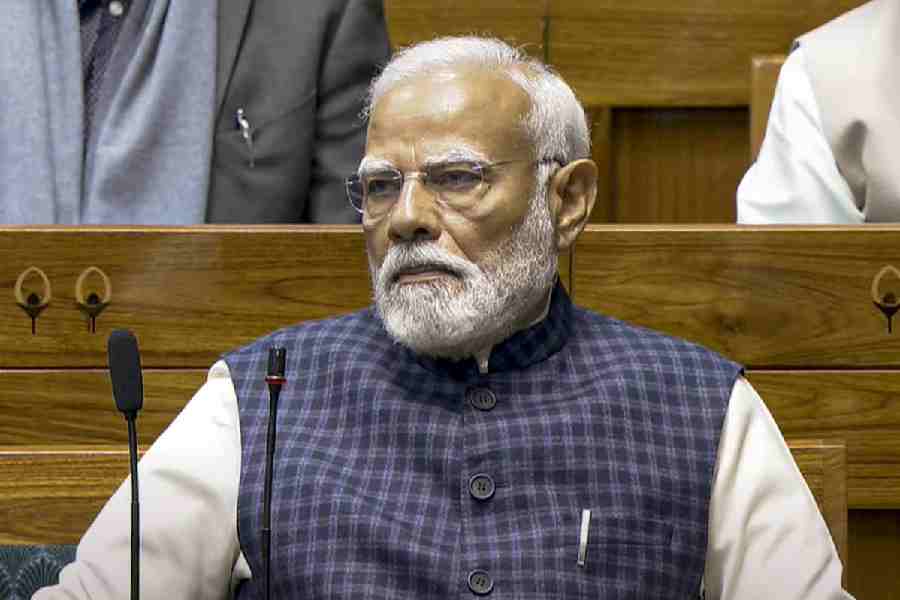 |
Anyone who has been following the opinion polls in the run up to the Indian Lok Sabha elections would know that findings can be distorted to deliver the message you want. Similarly, surveys done by interested parties need to be taken with a pinch of salt. When a hotel and convention centre says that face-to-face meetings are always better than Skype or video conferencing, there is reason to be sceptical.
Crowne Plaza Hotels & Resort has just come out with a survey on “Business meetings in the modern world: Insights and steps to success”. It is upfront about its possible bias. “Crowne Plaza has been a recognised and reputable meetings hotel brand for the past 30 years,” says the report.
There are some obvious plugs. “Skin-to-skin contact, such as a handshake, releases oxytocin which can create a feeling of contentment and security. It also generates trust, which research has shown to be behind many profitable companies.”
But Crowne Plaza has a foot in both camps. The St James hotel in London boasts Europe’s first ever telepresence public room facility. This provides an alternative to traditional face-to-face meetings.
What are the highlights of the report?
First, business meetings are becoming more popular. Over the past 10 years, virtual meetings have gone up 63 per cent and face-to-face meetings 43 per cent. In India, virtual meetings have gone up some 80 per cent, the highest amongst the countries surveyed. But, in the overall sample, 81 per cent feel a face-to-face meeting is better.
Face-to-face meetings enable you to “read the room” through non-verbal cues such as body language and eye contact. The elements of such meetings that are important for building trust are: eye contact (65 per cent consider it an important factor); greater sense of personal connection from being able to put a name to a face (57); ability to bond over more personal conversation (55); relaxed atmosphere (49); greater sense of control over the direction of the meeting (42); and small talk (33). Indians spend nine minutes on small talk vs. six minutes in the US.
The study also throws up some interesting trivia:
• Tuesday morning is the best time for meetings in the US and the UK. Monday morning is what works in India and China.
• The ideal number of people in a face-to-face meeting is seven.
• When away from a business location, nearly a third of business men and women had been on a conference call in their sitting room, with the next most common locations being in a car (22 per cent), train (13 per cent) and even in bed (12 per cent).
• Just over 10 per cent of conference call participants have taken the call whilst wearing their pyjamas (12 per cent) or even just boxer shorts (11 per cent).
• The important environmental factors in a meeting are: comfortable room temperature (59 per cent); comfortable chairs (53); refreshments (47 per cent); location (47 per cent); and a tidy room (45 per cent).
• One of the biggest menaces in meetings is the mobile phone.
There are ways of making meetings more productive, of course (see box for a McKinsey viewpoint). But the general opinion seems to be that most meetings are a waste of time. A study by Microsoft, America Online and Salary.com concluded that the average worker actually worked only three days per week or about 1.5 hours per day. It said the rest of the working time was wasted. Heading the time-wasting list was the unproductive meeting.
Are business meetings in India any different? World Business Culture has this gem: “Meetings with more traditional Indian organisations are likely to seem very informal with the possibility of interruptions where unknown people enter the room and start to converse about other, disconnected issues. Just accept it as part of the nature of life on the sub-continent.” Remember this the next time the coffee boy comes in and starts talking about high finance.
MEETING THE OBJECTIVES
How to remove cognitive biases from meetings
• Make sure the right people are involved
• Invite contributions based on expertise, not rank
• For the portion of the meeting where a decision is going to be made, keep attendance to a minimum
• Assign homework: Make sure pre-decision due diligence is based on accurate, sufficient, and independent facts and on appropriate analytical techniques
• Request alternatives and out-of-the-box plans
• Create the right atmosphere: As the final decision maker, ask others to speak up (starting with the junior-most person)
• Encourage substantive disagreements on the issue at hand by clearly dissociating it from personal conflict, using humour to defuse tension
• Force the room to consider opposing views
• Commit yourself to the decision
Source: Taking the bias out of meetings, McKinsey Quarterly










